Photographers love catchlights. It is what can turn a typical looking portrait into something fabulous! I never knew about catchlights until I took a workshop and now I’m obsessed. In fact, even if a photo isn’t that great but has wonderful catchlights I typically keep it. Who doesn’t love a photo that makes their child have that little “twinkle” in their eyes.
Table to Contents
What is a catchlight and why are they important?
What are catchlights? Basically, it is having a reflection of light in your subject’s eye. They are so fun and an easy way to elevate your portraits.
Sometimes that light source is the sun, but the catchlights also come from artificial lighting as in studio lights.
When you see a portrait and the eyes of the subject seem to be almost twinkling, those are catchlights.
More just for you- Beginner mom photographer tips
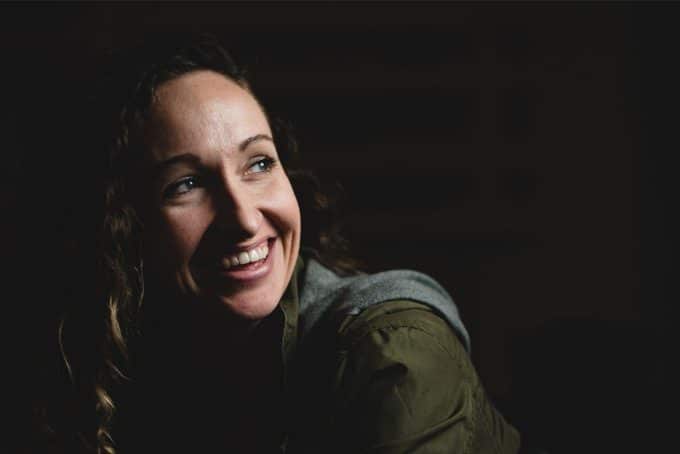
Why are catchlights important?
They are beautiful and really draws the focus to your subjects eyes.
If you are taking portraits of a subject you want the focal point to be on their eyes. Therefor you really want to make sure to capture the light in their eyes.
If you don’t have catchlights your subject’s eyes may look dark and “empty”. Now remember, the only people who will even notice this are other photographers. Grandparents and parents don’t care.
With all that said, please don’t get rid of a photo just because you didn’t capture catchlights. It doesn’t make it a bad photo.
How do you get catchlights in your eyes?
You have to make sure your subject is positioned properly and you need some good light to get catchlights in your subjects eyes.
First position your subject with their eyes facing the light source. Like in the photo above, I had my child turn her face toward the window where the light was streaming in.
This is a great activity to practice photography for kids, most kids will be excited to learn more.
Properly expose your subject
Then make sure your focal point is on the subjects eyes and the photo is properly exposed. Using manual mode make sure all your settings are ready to go.
By doing this, you will most likely have a very sharp image with beautiful catchlights.
Check out this course just for you: Elevate
How to get catchlights indoors
When photographing indoors have your subject face a window. They do not need to face it head on, that can cause flat lighting and wash out their face (we’ll touch more on this later)
45 degree angle from the window
It would be best if your subject is at a 45 degree angle from the window. This gives some nice shadows to their face as well as creating beautiful catchlights.
Just make sure when you are properly exposing your subjects face or you will lose the sharpness of the photo.
See more here on how to take tack sharp photos
How to create catchlights outdoors
If you are shooting outside you don’t really want your subject to be in direct light. Direct light is going to be sun coming straight down on your subject.
Downfall of direct light
Direct light causes hard shadows, harsh lighting, and also it doesn’t feel great to look into it and will cause your subject to squint.
Shoot in open shade
You would want to shoot in open shade like under an awning or a tree. Even though your subject is in the shade make sure they are facing the light so you can capture catchlights.
Use a reflector if needed
You may be shooting outside and have the sun behind your subject such as in a backlighting shot. If this is the case, you would want to use a reflector to help bounce some light into your subjects eyes.
If I know it will be hard for me to hold everything, I just wear a white shirt. Your shirt can act as a reflector.
In the same case though, if you wear a red, yellow, or other color shirt, it will reflect on your subject as well. So be careful what you are wearing if you are doing a photo shoot so you don’t get an unwanted red cast on your subject’s skin.
Here is a little more on natural light
Examples of catchlights
In each of the photos below, I positioned my children to that the lights was coming into their eyes at an angle. You will notice a few were shot inside and some were outside.
Using the shade of the trees, I was able to capture huge catchlights in this photo. She even did a little pose for me which was fun.
I love how in the photo of the child in her crib the photo is taken up a notch just by getting catchlights in her eyes. You are immediately drawn to her eyes and almost lose focus on anything else. Thats the power of catchlights.
It is such a quick and easy skill to practice. Find some good lighting and a willing subject and just get to shooting.
Read more: Basic Photography Tips
A few more tips for catchlights
Catchlights are easier to achieve on people with light colored eyes like blue or green. The light just naturally is illuminated more in those colors
With that said, don’t get discouraged if your subject has brown eyes you can still capture that twinkle in their eyes. Make sure you are in good lighting and just follow the steps above.
Some people say the “best” catchlights are at 10 and 2. I don’t necessarily agree with this. I think, and have read in different places, that catchlights are a personal preference to where they are in the eyes. As long as I see them, I think that’s what is important.
Give it a try this week and see how it will drastically change your portraits.
Read more: 5 Reasons to Shoot in Manual Mode

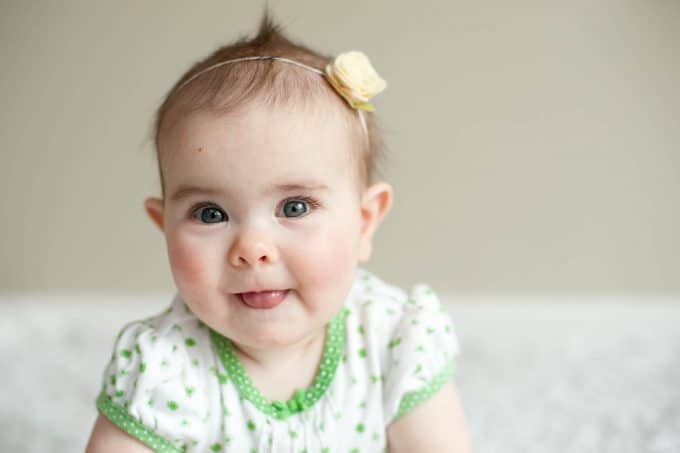


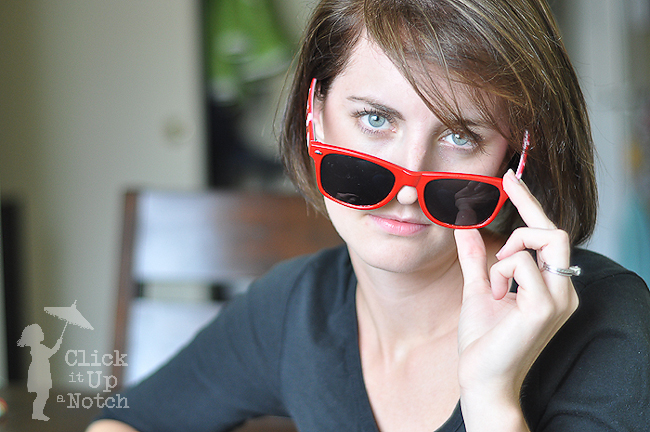


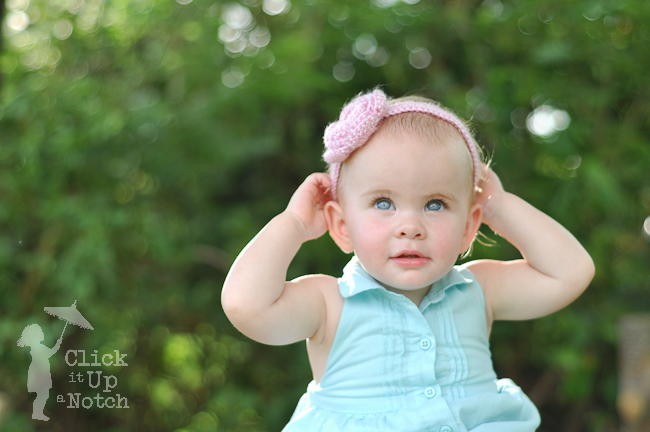


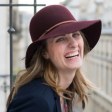





Thanks for the tips. I love reading your blog. I didn’t know that about shirt color but now that you mention it, it makes sense.
Thanks so much for this post! Full of great information.
love this! as a photographer friend’s all-time-reflector-specialist, i have to say those things are tricky and take some practice! we usually use them to achieve a nice, warm glow on the subject’s face when they are back lit or it is a bit overcast. i love your ideas and can’t wait to try them! :)
You could probably teach me a thing or two about holding a reflector :O)
It’s so true…..my photos are so empty without catch lights. Unfortunately, I have more without than with.
So I think I am going to take the plunge and join Click In Moms, so I can take some of their online classes. I am concerned that I won’t have the time to commit to it, so I have thought about taking another class at our local community college. however, I think Click In Moms will be better. Do you think I should take Rock Your Camera I or II? I have taken a 4 week digital photography class for beginners and a digital photography II class.
I just sent you an email :O) I can’t say enough great things about Clickinmoms workshops! They are great! I think it just depends how comfortable you are shooting in manual as to which class to pick. RYC 201 doesn’t really cover anything about the exposure triangle, white balance, and stuff like that :O)
Thanks so much for sharing!
Thanks so much for the information. I have a lot to learn about photography, but your work is very inspiring! So glad I found your blog.
A white shirt, such a simple tip, obvious but who would have thought. I stumbled across your site this morning and have been hooked for the last hour! I want to learn more……
I was WONDERING what a catch light was?! I read it in a comment on FB and had no clue what that person was talking about. :) Such a good thing to know. My boys both have brown eyes, but I’m sure I have caught a few catch lights before. :)
Oh and BTW…I LOVE the last pic of the baby! Too cute. :)
I just love your articles. Very informative & easy to learn from/remember. Thanks for sharing your love of photography with others…I have learned so much!
Thank you :)
I would love to know what lens are u using here for the portraits and family photos and what are the settings
Thanks
I believe these were taken with my 5mm 1.8 and Tamron 28-75mm on a Nikon D90.
Great advise as ever. Catch lights bring your subjects eyes alive.
awesome tip! I can’t wait for my baby to wake up from her nap so I can try it!
10 and 2 o’clock positions for catchlights are preferred as generally you would want the catchlight to mimic a reflection of the sun (upper half of the eye). In keeping with this train of thought, it’s also preferred to have only one visible catchlight. Something to keep in mind if using multiple light sources.
I learned alot from catchlight. Thanks and more power.
I enjoyed learning about photography thank you, this really helps!
Thank you for the auspicious writeup. It actually was a entertainment account it.
Look complex to far introduced agreeable from you!
However, how can we communicate?
nuova maglia inter 2017
Who said you can’t teach an old dog new tricks? I have been toting cameras around since the early ’80s. I subscribe to print magazines (remember those) and online things related to photography. I have never heard of “catchlights”.
Thank you, Phil
There was no mention of using Fill Flash for getting Catchlights. Perhaps you are one of those photographers that do not use flash. Greg Taylor Queensland, Australia.
Great article on ‘catchlighting’. But I notice that you didn’t mention anything about catchlight and when using your electronic flash (on or off camera). Is it possible?
I don’t use a flash. Yes, it is possible if you do it properly but not with the flash that comes with your camera.
This is awesome! I always wondered about those twinkles in the eyes and now I know they have a real name and there is a trick to catching those. I had fun reading your article and can’t wait to try it. Thanks for sharing!
Thank you! Question: would using a speedlight with white bouncecard attached work also? Thankyou again.
I’m not Courtney, but in my experience, speed lights create great catchlights. But!!! Start with the flash at its lowest setting. There’s usually an exposure compensation feature on speed lights of whatever brand. -3 stops is good if you can get that low, or whatever is the lowest setting. You want the flash to be pretty much invisible except for the catchlight. If you don’t see a catchlight, raise the exposure compensation number a little at a time until the catchlights appear.
Bonus tip: The shape of bounce card will be reflected in your subject’s eyes. If you use a round bounce card, you get round catchlights, I’ve never tried a heart-shaped bounce card, but it might be fun.
Very cool!!! I’ll have to try this next time. I loved how you “digress”. It makes us feel as if we know you. Because all of us digress in some conversations…..we’ll, a lot of conversations.🙈🙈🙈
I have a canon rebel t6. What is the best setting ti use to get the blurred background?
Do you mean a 50MM 1.8 in the comment to Mehreen?